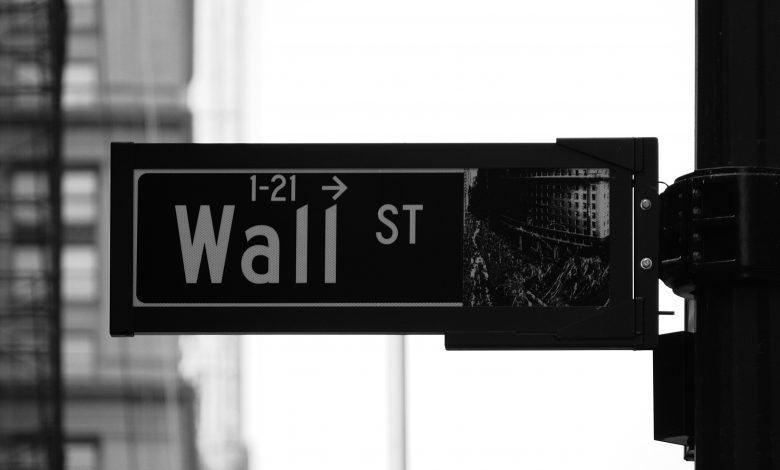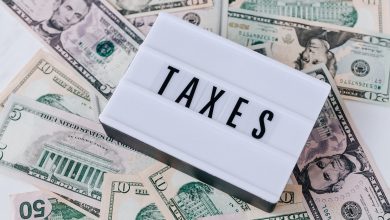The Varying Shapes a Recession Can Take

It is entirely unknown how long the economy will suffer from the coronavirus pandemic that has changed the world as we know it. Even when the spread of the virus has been halted and our daily lives begin to look as they used to, the economy might be slow to recover. Many believe that this is the beginning of a recession, something the United States has not seen since the Great Recession of 2008, which lasted late into 2012.
No one believes that this recession will resemble anything as significant as the crash of 2008. But there are varying forms the recession could take, ranging from a quick rebound to a prolonged downturn.
Now that it’s a foregone conclusion that we are in the midst of a recession, the question becomes, “What shape will this recession take?”
There are four basic shapes that a recession may take: V-shaped, U-shaped, W-shaped, and L-shaped.

V-Shaped Recession
A V-shaped recession is what we’re hoping for because it represents a swift drop, following by a quick rebound, forming the shape of a V. For the United States to have a quick bounce back, though, people need to be willing and able to put money back into the economy.
Example of a V-Shaped Recession
In the Recession of 1953, we can see a clear V-shape in action. In the early 1950s, the economy in the United States was booming. But the Federal Reserve expected inflation and miscalculated. The Fed raised interest rates, which increased the cost of borrowing money, and people began to spend less.
In the third quarter of 1953, the economy shrank by 2.4%. In the following quarter, the economy dropped by 6.2% before again dropping in the first quarter of 1954 by another 2%. But by the fourth quarter of 1954, the economy had shot back up by 8%, forming the classic V-shape.

W-Shaped Recession
The W-shaped recession is also known as a double-dip recession. It will first resemble a V-shape, with a quick plummet followed by an equally swift bounce back. However, to complete the shape of the W, the economy takes a second hit, which is followed by the eventual recovery.
Example of a W-Shaped Recession
In the early 1980s, the Natural Bureau of Economic Research considers that two recessions occurred, which form the double-dip of a W-shaped recession. The economy first fell in 1980 by 8% from April to June. But in the first three months of 1981, the economy grew back at an 8.4% annual rate.
It may have appeared at the time to be a V-shaped recession. However, the Federal Reserve again raised interest rates to combat inflation, and the economy dropped again from July 1981 through November 1982. But by the end of the year, the economy recovered and grew at a healthy rate for the rest of the decade.

U-Shaped Recession
A U-shaped recession looks like a W-shape over an extended time, with smaller rises and increases in the economy until the prolonged recession finally recovers fully. The initial fall and more extended period of volatility will resemble a U once the economy is entirely back to pre-recession levels.
Example of a U-Shaped Recession
The recession from 1973 to 1975, also known as the 1970s recession, is a clear example of how a U-shaped recession can play out. This recession represented the end of the post-World War II economic expansion and occurred throughout most of the Western world. The recession is most notably blamed on the oil crisis of 1973.
In October 1973, members of the Organization of Arab Petroleum Exporting Countries began an oil embargo targeting countries they believed to be aiding Israel during the Yom Kippur War. These countries included the United States, the United Kingdom, Canada, Japan, and the Netherlands. From October 1973 through the end of the embargo in March 1974, the price of oil rose from $3 to almost $12 per barrel.
Simultaneously, the stock market crashed, beginning in January of 1973 to December 1974, due to a variety of external factors. The combination of rising inflation, rapidly rising oil costs, and the downturn in the stock market meant that the country faced a recession from 1973 until March 1975.

L-Shaped Recession
The L-shaped recession is the one to fear the most. An L-shaped recession can also be referred to as a depression, as the initial drop in the economy is followed by an extended period with little signs of recovery. The Great Recession of 2008 is a classic example of an L-shaped recession that lasted for over three years. It wasn’t until the third quarter of 2012 that the economy came back to pre-recession levels. And it wasn’t until well into 2013 before people were convinced that the recession was over.
Example of an L-Shaped Recession
The best case of an L-shaped recession is what is known as “the lost decade” in Japan, which began in 1990. In the 1980s, Japan had a growing gross natural production that was the highest among all countries per capita. But during this growth period, real estate and stock values were rising so fast that the Bank of Japan decided to raise interest rates. What followed was a bursting of the economic bubble similar to what the United States saw during the Great Recession. However, Japan never fully returned to its pre-recession levels.
What Shape Will This Recession Take?
No one can know what the future holds with so much uncertainty surrounding the coronavirus pandemic. The stimulus package passed by the government will certainly help to stabilize the economy from falling severely. Still, on its own, the stimulus will not be enough to carry the country out of a recession in the V-shaped way we would hope for.
A W-shaped recession does not seem likely either, as again, there is not likely to be a quick rebound. Instead, this recession seems destined to take a U-shape, with a prolonged time of bouncing around the bottom before finally rising completely out of the recession and returning to normal levels of production.



